Location of the drain pump in the LG washing machine
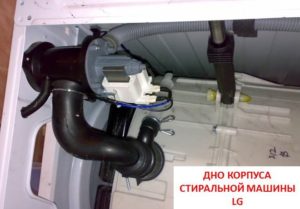 Getting the pump out of the washing machine is a simple and quick task. But to cope with the task, you need to know where the drain pump in the LG washing machine is located and how to remove it from its seat. You will find all the answers to dismantling the drainage system of the machine in the instructions below.
Getting the pump out of the washing machine is a simple and quick task. But to cope with the task, you need to know where the drain pump in the LG washing machine is located and how to remove it from its seat. You will find all the answers to dismantling the drainage system of the machine in the instructions below.
Finding the part
In washing machines from LG, the location of the pump is similar to models from most manufacturers of household appliances. The pump is located in the lower part of the housing and is firmly fixed to the volute, into which a garbage filter is installed and a pipe from the tank is supplied. Thus, water from the tank enters the drainage system, and due to the closedness and tightness, the waste liquid is directed into the sewer without any problems.
When working with equipment, follow safety rules: turn off the electricity and turn off the water!
To get to the pump, you do not need to disassemble the machine - you just need to work through the bottom of the unit according to a fairly simple scheme.
- Disconnect the washing machine from the power supply, water supply and sewerage.
- In the lower right corner of the case we find the technical hatch and open it with a slotted screwdriver.
- We tilt the machine back so that the front legs rise 10-30 cm above the floor level.
- We place a container under the machine and cover the area around it with old rags - when you open the drain filter, water will flow out.
- We take out the garbage filter by unscrewing the holding bolt and turning the “handle” of the nozzle half a turn.
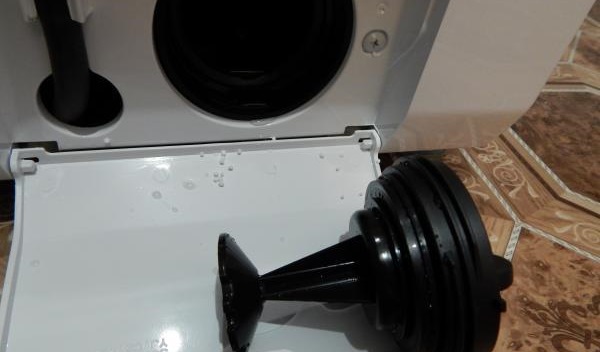
- We look through the bottom inside the machine and pay attention to the pump.If you cannot see the pump, you can turn the unit on its left side (it is strictly forbidden to place the washing machine on the right side - the water remaining in the tank and pipes can get on the electronics).
- By turning the pump counterclockwise, we try to “sink” it into the body, after which the mechanism will give in and allow itself to be pulled out.
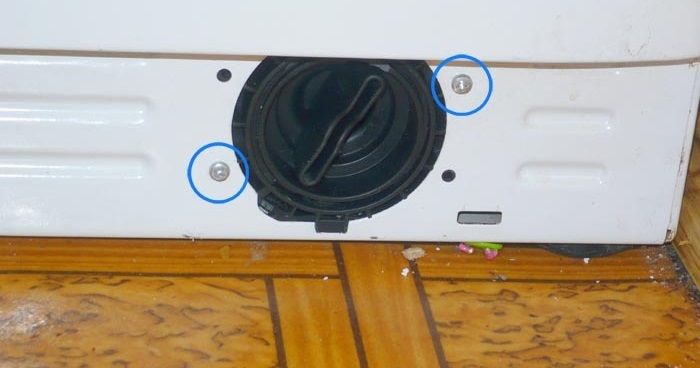
Before pulling the pump towards you, carefully disconnect the connected wires, loosen the clamps and remove the pipes. Afterwards the pump will freely leave the seat.
Why does the pump require attention?
The pump is often called the “heart” of the washing machine, since it is it that ensures water circulation. But along with the waste liquid, dirt also penetrates into the pump. Much remains in the tank, drum and debris filter, but some also reaches the drain mechanism. If you do not clean the device regularly, the machine will stop washing. The pump becomes dirty for various reasons:
- too hard and dirty water;
- low-quality and unsuitable detergents;
- garbage from clothing, including forgotten coins, hair, wool, buttons.
Clogging can be avoided. You just need to carefully check your pockets, choose high-quality powders for machines and wash things in special bags. Regular washing of the garbage filter and comprehensive purification of tap water will also help the “heart”.
Cleaning instructions
Cleaning the pump involves a certain sequence of actions. First of all, we are talking about removing foreign dirt from the pump impeller. We take a slotted screwdriver, unscrew the two side screws and find a small ring with blades. It needs to be cleaned of threads, hair, wool, or coins that have become jammed around the spiral.As soon as the mechanism begins to rotate freely, we move on to the snail.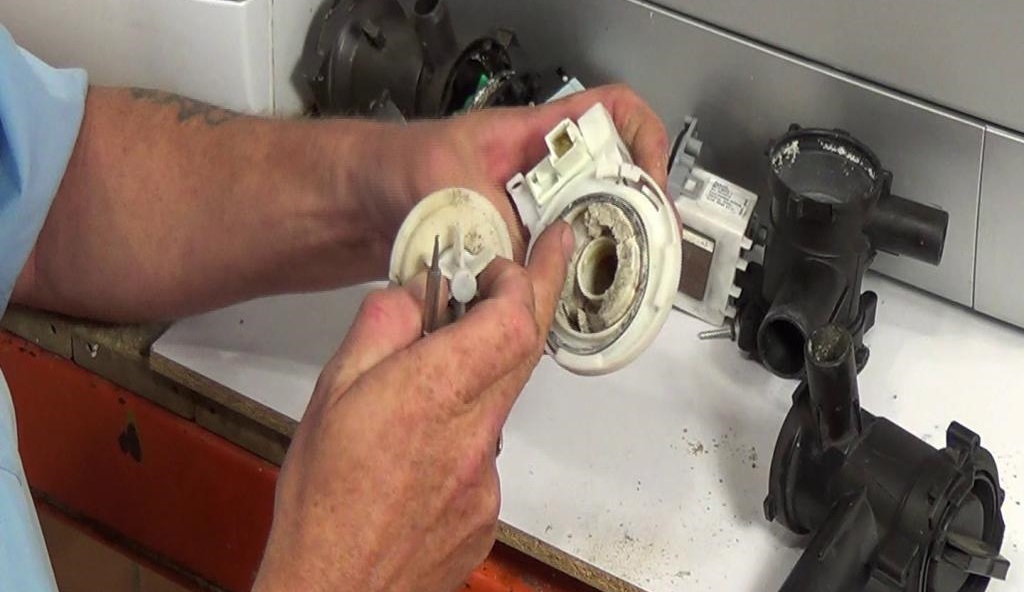
The snail is the seat of the pump, and everything should be cleaned here too. We also collect pieces of garbage and wipe off the scale with a rag both inside and outside. After comprehensive cleaning, the pump is assembled and returned to the cochlea. For successful installation, we proceed in the same way, but in reverse order. Don’t forget about the test wash, and if the machine washed without leaks, alarming hums or stops, everything was done correctly.
Knowing the location of the pump and the nuances of its removal, you can regularly clean it and adjacent elements of the drain system from accumulated debris. Then the “heart” of the washing machine will last many times longer.
Interesting:
Reader comments
- Share your opinion - leave a comment

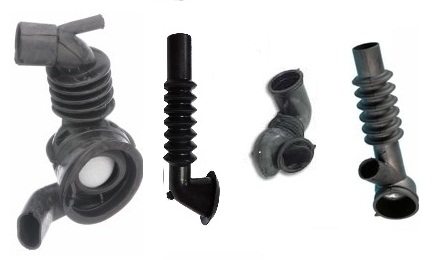
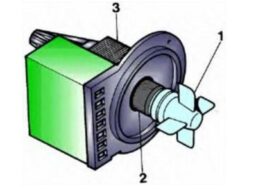
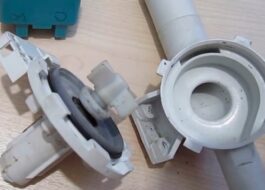
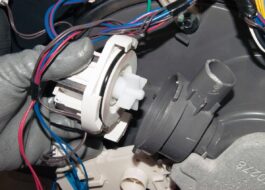

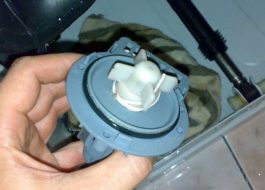














Add a comment